Consorzio Tutela, the organization that promotes and protects the Prosecco name, explains how the method of vinification differs from other sparkling wines, which are given a secondary fermentation in the bottle through the Champagne method.
"The Martinotti method, invented by Dr. Federico Martinotti at the end of the 19th century, is used to produce spumante and frizzante sparkling wines with distinctive floral and fruity notes through a natural second fermentation process in large sealed tanks (autoclaves)." The Consorzio continues, "Dr. Antonio Carpenè, one of the founding members of the Conegliano School of Wine-making, was the first person to use this method to produce sparkling Prosecco wine with the characteristics that are so well known today. Prior to this, the wines were produced using second fermentation in the bottle."
I was given five different bottles of Prosecco to sample. I'll tackle them one by one.
Brilla! Prosecco DOC
The Brilla! website says the bubbly is targeted to "young people, millennials, party addicted." Well, don't I feel old, sitting here at home enjoying it all by myself. Maybe I should call a party addict to roll up on my place for some good ol' fashioned, newfangled cork poppin'. Maybe I'll yell for my wife to come downstairs and join me. The Brilla! Prosecco has restrained alcohol at 11% abv and a retail price of $15.
This wine has a pale yellow color and a slightly frizzante bubble situation. The nose displays citrus, green apple, pear and minerality. The palate has those flavors, along with a very nice acidity. It is an amazing aperitif and perfect for the patio.
Brilla! Prosecco Rosé 2023
The Brilla! website is given more to style than substance. It is a good looking layout, though. This pink Prosecco is made from a blend of Glera and Pinot Nero which are vinified in steel tanks. Alcohol hits only 11% abv and the retail price is $20.
This wine has an onion skin tint in the glass and plenty of bubbles, which dissipate quickly. The nose displays apples and strawberries with a hint of citrus. Flavors of red berries dominate the palate, while acidity is quite fresh and the finish is fruity.
Avissi Prosecco DOC is made from 100% Glera grapes. It is vinified in concrete tanks, in small batches. 11% $13
This wine has a golden tint in the glass. The nose is dominated by apple and pear, with a nice floral scent. Flavors of fruit lead the way on the palate, as apples, pears and citrus are joined by a light minerality. The bubbles are frothy, but they dissipate quickly. Acidity is bracing and the sip is quite dry.
Bottega Gold Prosecco DOC
The bottle is a golden mirror, sure to be a head-turner, but also probably drives the price upward, above most other Prosecco wines. Alcohol sits at 11% abv and the retail price is $29.
This wine pours up bubbly, and the dissipating bubbles leave a straw yellow wine with a greenish tint. The nose is quite savory, yet populated with flowers and fruit. The minerality comes through on the palate, as does the significant acidity. I paired it with my veggie stir fry, and it tasted great.
Valdo Marca Oro Prosecco Brut Rosé 2023
The Glera grape meets Pinot Noir in this pink sparkler. The blend is 90% Glera and only 10% Pinot. Alcohol sits at 11% abv and the retail price is $15.
This wine colors up a light copper pink. The bubbles are festive, but they don't last long. The nose is quite sweet, with a strong floral element first and followed by red fruit and citrus. On the palate there is a racy acidity with a dry mouthfeel. Red berries are featured, and they last into the finish.









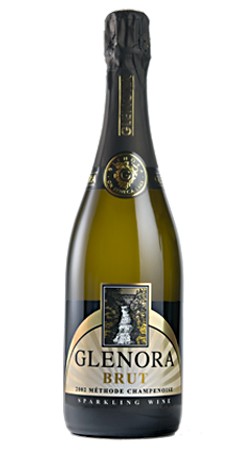


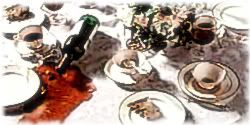 The
Rock And Roll Hall of Fame will induct new members on April 14, 2012 in
Cleveland, Ohio. It's the 27th annual induction ceremony, the 27th
time rock fans get to yell "It's about time!" or "Where's KISS?" With
all that shouting, we're going to need something to soothe our nerves.
The
Rock And Roll Hall of Fame will induct new members on April 14, 2012 in
Cleveland, Ohio. It's the 27th annual induction ceremony, the 27th
time rock fans get to yell "It's about time!" or "Where's KISS?" With
all that shouting, we're going to need something to soothe our nerves.
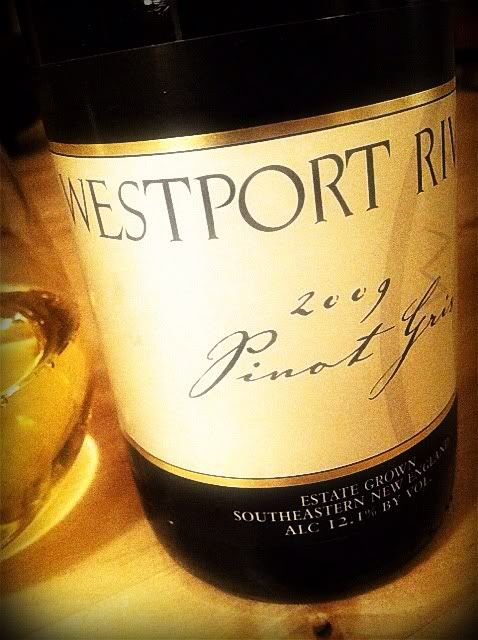 Westport Rivers
Westport Rivers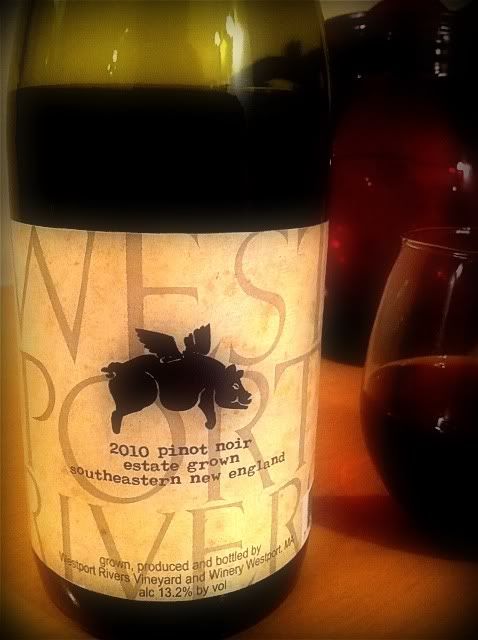 Westport Rivers Pinot Noir 2010 - At 13.2% abv, this is much more old world than new. Medium ruby in color, the nose on this Pinot Noir shows
Westport Rivers Pinot Noir 2010 - At 13.2% abv, this is much more old world than new. Medium ruby in color, the nose on this Pinot Noir shows 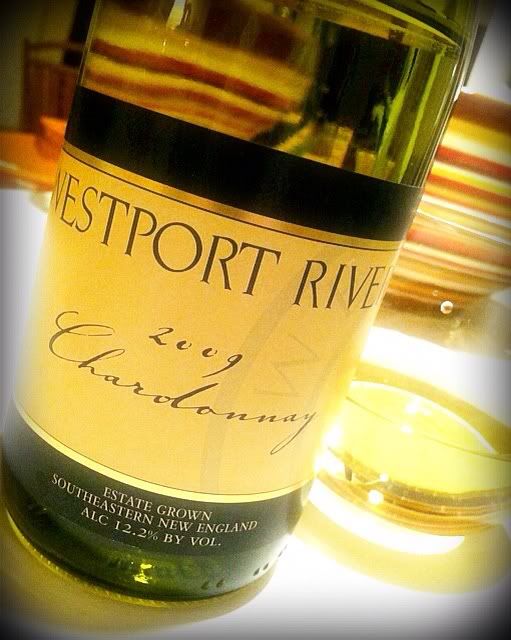 Westport Rivers Chardonnay 2009 - 100% estate-grown Chardonnay, this wine is 80% aged in French oak, sur-lie. Letting wine rest on the dead
Westport Rivers Chardonnay 2009 - 100% estate-grown Chardonnay, this wine is 80% aged in French oak, sur-lie. Letting wine rest on the dead  Westport Brut RJR 2006 - A traditional method sparkler comprised of 65% Pinot Noir grapes and 35% Chardonnay, the Brut has a
Westport Brut RJR 2006 - A traditional method sparkler comprised of 65% Pinot Noir grapes and 35% Chardonnay, the Brut has a 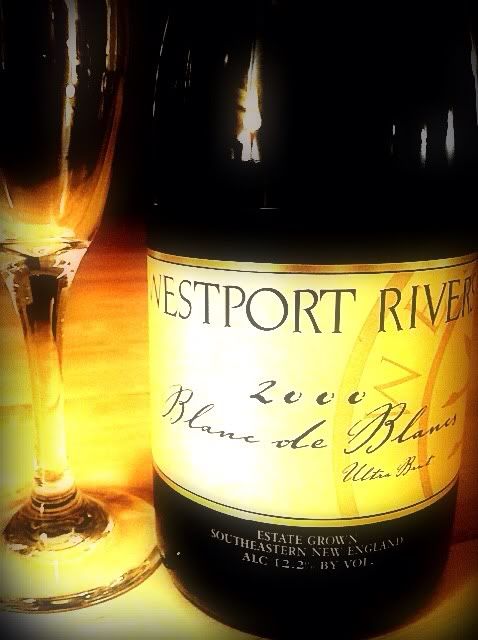 Blanc de Blancs Ultra Brut 2000- This yellow-gold sparkler offers one of the most pungent noses I've ever experienced in a
Blanc de Blancs Ultra Brut 2000- This yellow-gold sparkler offers one of the most pungent noses I've ever experienced in a 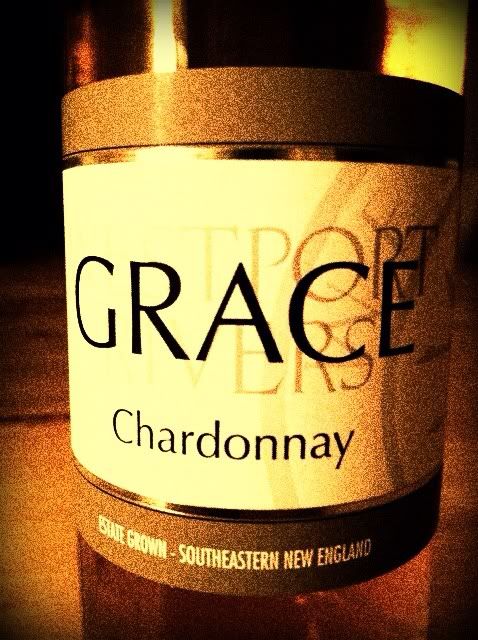 Grace Chardonnay NV - This is their aperitif Chardonnay, one of those gold medal winners they like to brag about. Westport Rivers
Grace Chardonnay NV - This is their aperitif Chardonnay, one of those gold medal winners they like to brag about. Westport Rivers 
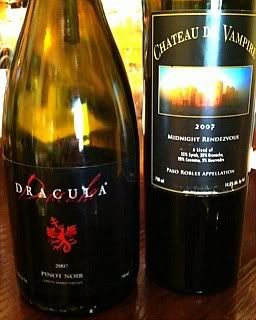 The Dracula Pinot Noir 2007 is made from Santa Maria grapes - picked before sunrise, of course. The wine spent 18 months in French oak. It has a big, rich nose and big, rich flavors to match. Cherry and raspberry notes dominate in properly dark fashion.
The Dracula Pinot Noir 2007 is made from Santa Maria grapes - picked before sunrise, of course. The wine spent 18 months in French oak. It has a big, rich nose and big, rich flavors to match. Cherry and raspberry notes dominate in properly dark fashion.
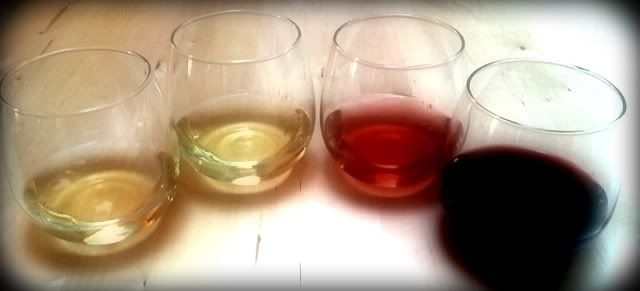 South Coast Winery Sauvignon Blanc Musqué Clone 2009
South Coast Winery Sauvignon Blanc Musqué Clone 2009 
 Biltmore Reserve Chardonnay 2009 North Carolina
Biltmore Reserve Chardonnay 2009 North Carolina Biltmore Estate Château Reserve Blanc de Blancs 2008 North Carolina Méthode Champenoise Brut
Biltmore Estate Château Reserve Blanc de Blancs 2008 North Carolina Méthode Champenoise Brut
